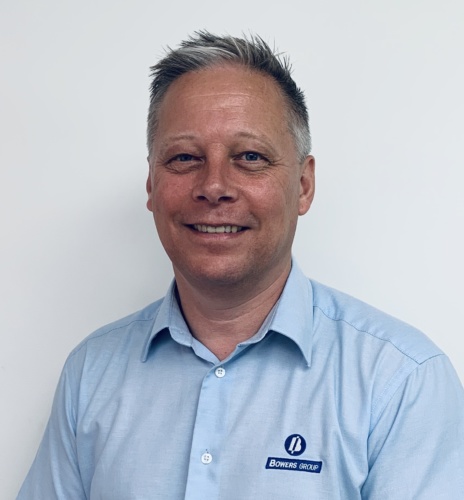Technical Q&A: industrial metrology
An expert panel considers the trends and technologies that are shaping the future of industrial metrology
Smart, connected and easy to use metrology solutions are a key component of any advanced manufacturing operation but how can engineering firms ensure that they’re tapping into the full capabilities of the technology? The Engineer approached experts from some of the leading organisations in this sector – Bowers Group; Sempre, and Hexagon Manufacturing Intelligence - to learn more about the trends and technologies that are driving developments in the field.
 Geoff Jackson: De-skilling the measurement process and, where possible, removing operator influence has always been a driver to improved process capability but I’m now seeing a clear desire to migrate away from attribute based gauging.
Geoff Jackson: De-skilling the measurement process and, where possible, removing operator influence has always been a driver to improved process capability but I’m now seeing a clear desire to migrate away from attribute based gauging.
More than ever, our customers want to report and analyse variable measurement data. We have therefore added significant reporting functionality allowing the user to customise how and where data is reported for any given component. Wireless data acquisition and closed loop process control is also on customers’ wish lists so the ability to export data as well as report locally is paramount.
Register now to continue reading
Thanks for visiting The Engineer. You’ve now reached your monthly limit of premium content. Register for free to unlock unlimited access to all of our premium content, as well as the latest technology news, industry opinion and special reports.
Benefits of registering
-
In-depth insights and coverage of key emerging trends
-
Unrestricted access to special reports throughout the year
-
Daily technology news delivered straight to your inbox










Water Sector Talent Exodus Could Cripple The Sector
Maybe if things are essential for the running of a country and we want to pay a fair price we should be running these utilities on a not for profit...